Seminar on Fighting Pollution [Archives:2000/47/Health]
Yaser Mohammed Ahmed
Yemen Times
The Arab Organization for Agricultural Development and Agriculture and Irrigation Ministry held in Sanaa on November 9, a seminar on fighting geological pollution of lake and dam waters in Arab Countries.
One of those papers was titled Fundamentals And Methods Of Evaluating Environmental Impact Resulting From Pollution Of Lake And Dam Water. The researcher defined pollution as being strange substances found in any of environmental components and make it unfit for use. Pollution is divided into two types: 1) harmful pollution that is so clear that it reaches a level of severe recognizable results, 2) and harmless contamination that is not always clear. He defines pollutants as substances or microbes or harmful radium that cause living things diseases or lead to their death. He surveyed the types of environmental pollution: air pollution, soil pollution, food pollution, thermal pollution, noise pollution and radium pollution. The researcher also explored the main factors that lead to water pollution among which are: intense population, abundant manufacturing establishments, technological industrial developments, agriculture, medicine and other sciences. Furthermore, he reviewed the effects of lakes and dams in the Arab countries. These are: 1) the natural lakes or seas, 2) the man-made lakes or dams built on the river course, 3) lakes or dams built by man to store seasonal rain water. He indicated that pollution of lake or dam water has negative effects on the environment: affecting the chemical, natural and biological characteristics of the soil, affecting the surface, underground water, man and animal as well.
The researcher also reviewed ways of assessing environmental impact by which he meant the practical procedures that are designed to assess the environmental impact of any development activity on man. The results are then interpreted and information about the impact is exchanged. The environmental impact assessment is a significant part of environmental planning, legislation, policies, and programs. The environmental impact may include an assessment or judgment on those changes that might be useful for some people but harmful to others.
In his working paper Policies and Legislations Necessary for Preserving Quality of Dam and Lake Water and Consolidating the Role of its Users in Fighting Pollution in the Country, Dr. Yousof Ahmed Fare, consultant of Water Resources, focused on the main steps for any water policy, its starting points, factors and preserving water. The paper focused on the objectives of water legislations that are: preserving and developing water resources, organizing and making the best use of investment in this field. Furthermore, the paper explained that water pollution occurs in two ways. First, it occurs qualitatively, in the form of chemical or biological or radium pollution. This is evident by the fact that water becomes unfit for human consumption or for other uses. Second, quantitatively, in the form of drainage of water resources. Dr. Yousof said that people must cooperate in preserving water in dams and lakes and in protecting it against pollution.
Dr. Matouq Hasan Saleh Al-Rumaimi, specialist in biological toxicology and dangerous wastes, said that the entire human kind is threatened by running out of water and this obliges us to carry out researches on preserving every drop of water and on preserving mans health and pure environment. It has been proved that water pollution was caused by entire humanity, particularly in big cities. He discussed the natural biological contaminants that come from the environment itself like harmful insects, bacteria, viruses that cause biological contamination to air, water and soil. He highlighted the harms done like: 1) Salmonella, 2) Shigella, 3)Vibriocholerae, 4) Leptospira. Dr. Matouq also pointed out that viruses cause water pollution and Hepatitis. He reviewed the main resources of water pollution, solutions and manipulation.
——
[archive-e:47-v:2000-y:2000-d:2000-11-20-p:./2000/iss47/health.htm]

